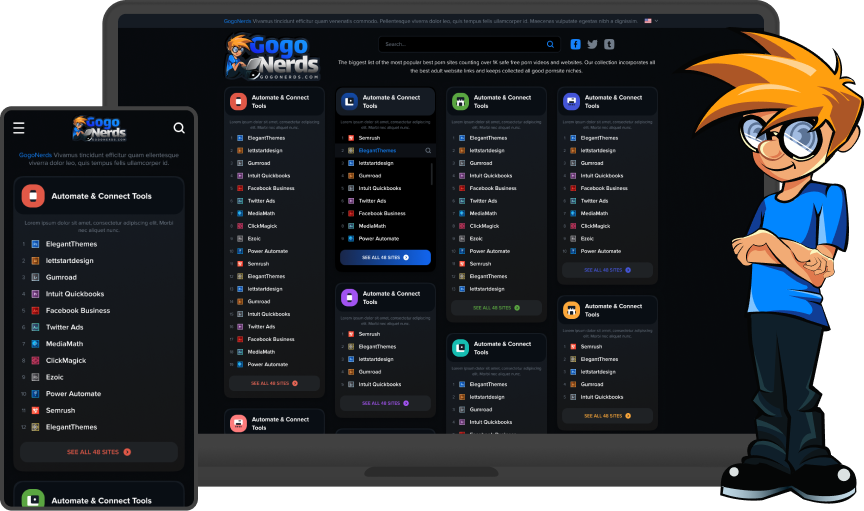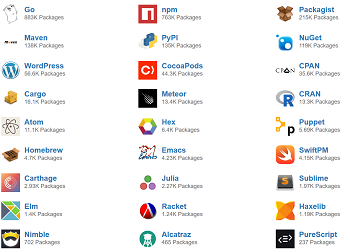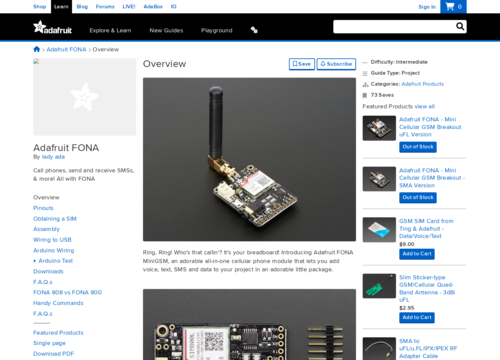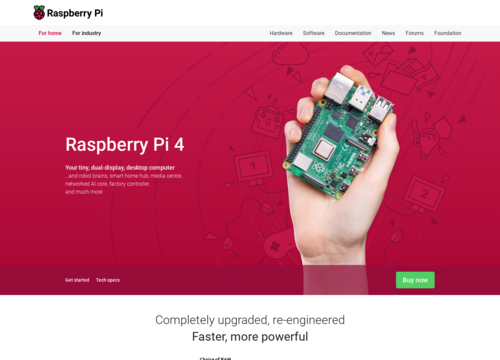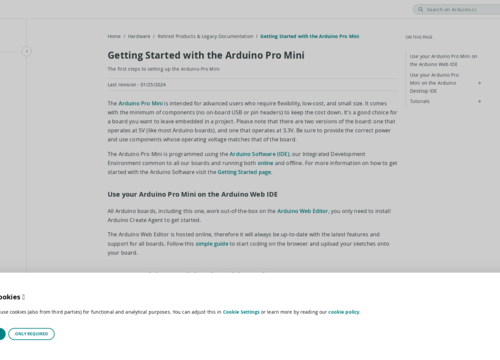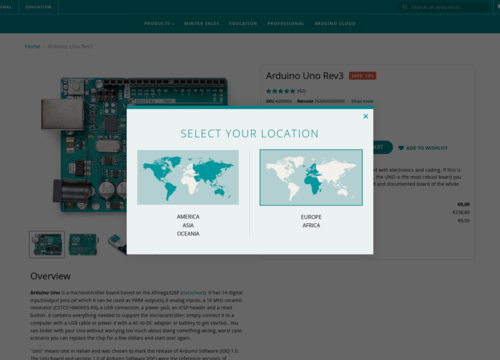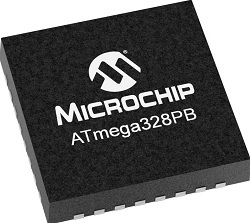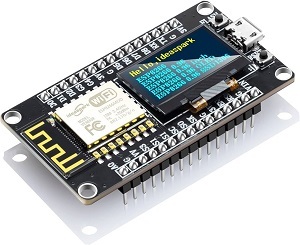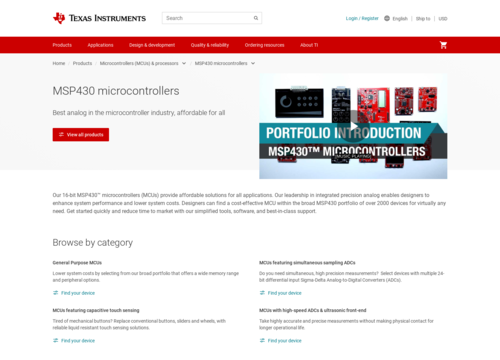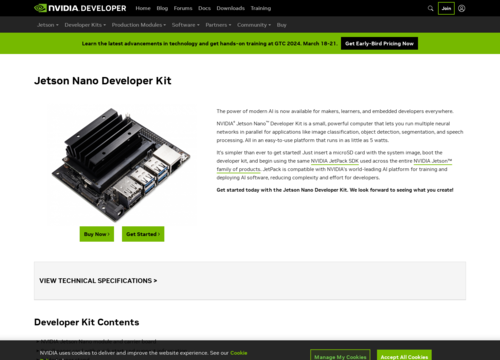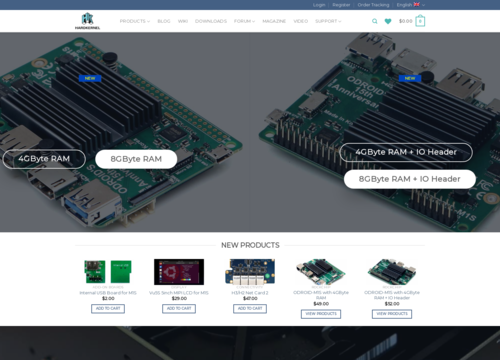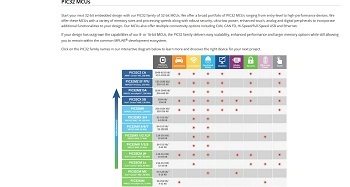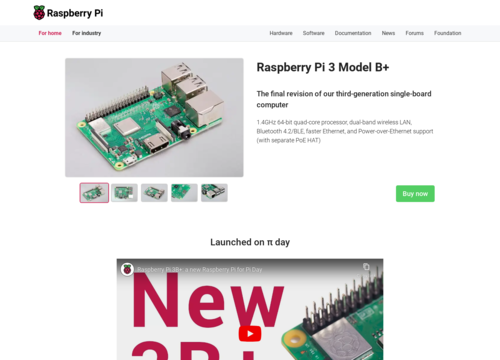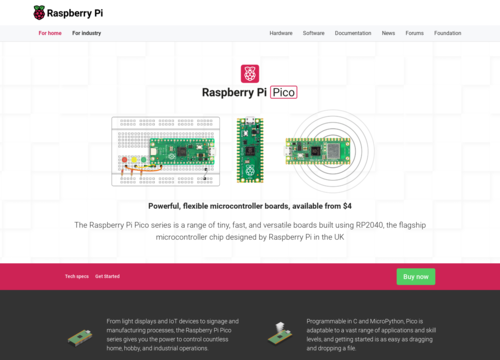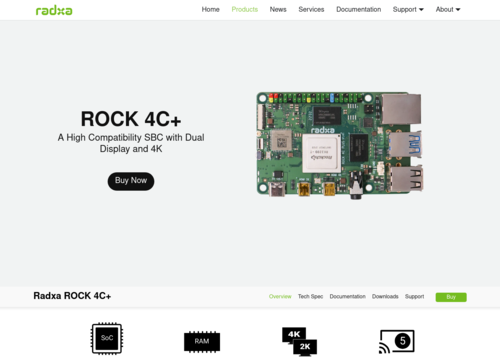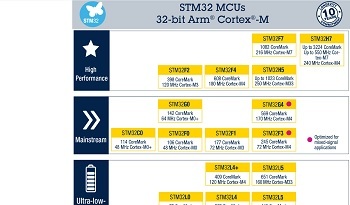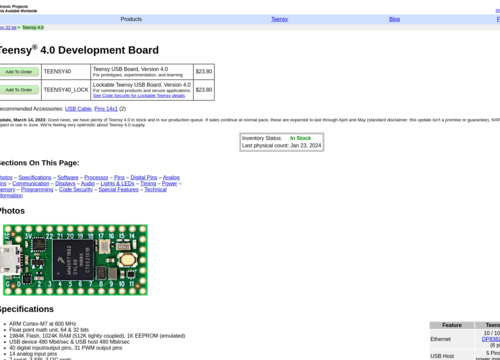NanoPi NEO Plus2
https://wiki.friendlyelec.com/wiki/index.php/NanoPi_NEO_Plus2NanoPi NEO Plus2
The NanoPi NEO Plus2 is a small yet powerful single-board computer that offers a variety of features suitable for various applications, from hobbyist projects to more professional uses.
Processor and Performance
The NanoPi NEO Plus2 is powered by an Allwinner H5 quad-core Cortex-A53 CPU. This processor is based on the ARM architecture and provides a balance between performance and power efficiency. It is suitable for tasks that require moderate computational power, such as running a small server or handling IoT (Internet of Things) applications.
Memory and Storage
This board is equipped with 1 GB of DDR3 RAM, which is adequate for most lightweight applications and multitasking with smaller workloads. It also includes 8 GB of eMMC storage, which is faster and more reliable than traditional SD card storage, which is used in many other single-board computers. There is also a microSD slot for additional storage.
Connectivity
The NanoPi NEO Plus2 offers a good range of connectivity options. It has a Gigabit Ethernet port, which is a significant advantage for networking projects and applications that require fast data transfer. Additionally, it supports 802.11b/g/n WiFi and Bluetooth 4.0, expanding its capabilities for wireless communications.
I/O Ports and Expansion
Despite its small size, the board includes a variety of input/output options. It has USB ports for connecting peripherals and a 24-pin header that provides interfaces such as SPI, I2C, and GPIO interfaces. This makes it versatile for connecting a wide range of external modules and sensors.
Operating System and Software
The NanoPi NEO Plus2 supports various Linux-based operating systems, including the Ubuntu Core, which can be used in combination with other Linux environments. This support allows for a wide range of software applications and development tools to be used.
Form Factor and Power Efficiency
One of the most notable features of the NanoPi NEO Plus2 is its small form factor. It is incredibly compact, making it ideal for projects where space is limited. Despite its small size, it is quite energy efficient and is beneficial for applications that need to run 24/7, such as home servers or media centers.
Community and Support
Like many other single-board computers, the NanoPi NEO Plus2 benefits from a community of users and developers. While it may not be as vast as some other platforms such as the Raspberry Pi, there is still a decent amount of community support for troubleshooting, project ideas, and software development.
Graphics
The NanoPi NEO Plus2 includes a Mali-450 GPU. While not designed for heavy graphics processing, this GPU is capable of basic graphics tasks, making the board suitable for applications such as digital signage, basic media centers, or simple graphical user interfaces.
Expansion Capabilities
One of the attractive aspects of the NanoPi NEO Plus2 is its potential for expansion. The presence of various general purpose input/output (GPIO) pins, along with interfaces such as SPI and I2C, allows researchers to connect a wide range of sensors and modules. This makes it an excellent choice for DIY projects, educational purposes, and prototype development.
Power Supply
The board requires a 5 V/2 A power supply, usually through a micro-USB port. This is a standard requirement for many single-board computers, making it easy to find compatible power sources. The low power requirement also makes it suitable for battery-powered or portable projects.
Use Cases
Due to its features, the NanoPi NEO Plus2 is commonly used in areas such as home automation, network-attached storage (NAS) systems, small personal servers, IoT applications, and learning tools for programming and hardware interaction.
Price and Availability
One of the key advantages of the NanoPi NEO Plus2 is its affordability. It is generally priced lower than some of its competitors, making it an attractive option for budget-conscious enthusiasts and professionals. However, availability can sometimes be an issue, as with many single-board computers, depending on the market demand and production cycles.
Developer and Community Support
While the community around the NanoPi NEO Plus2 might not be as large as that of some other single-board computers, it is nonetheless active. There are forums, online resources, and user groups where developers and hobbists share their projects, offer support, and provide software updates. This community support can be invaluable for troubleshooting and learning.
Environmental considerations
The small size and low power efficiency of the NanoPi NEO Plus2 make it an environmentally friendly option. Its low power consumption means less energy use, and its compactness results in a smaller environmental footprint in terms of resource usage for production.
The use of the NanoPi NEO Plus2 stands out for its ability to balance performance, connectivity, and compact size. Its suitability for a variety of applications, from simple learning tools to more complex networking projects, combined with its affordability, makes it a compelling choice for both hobbyists and professionals in the field of electronics and computing.

